Anthropology
Related: About this forumPrehistoric Stone Circle's 'Sanctuary' May Predate Stonehenge by 700 Years
Prehistoric Stone Circle's 'Sanctuary' May Predate Stonehenge by 700 Years
Published May 13, 2024 at 2:48 PM EDT
By Aristos Georgiou
Science and Health Reporter
Aprehistoric Stone circle in England may have been erected some 700 years before the origin of the iconic Stonehenge monument, an archaeologist has proposed.
The Castlerigg stone circle, located in the northwestern county of Cumbria within the Lake District National Park, has long been a draw for tourists and was taken into guardianship in 1883—becoming one of the first prehistoric monuments in the country to receive state protection.
The monument is thought to be one of the oldest stone circles on the islands of Great Britain and Ireland, of which there are hundreds of known examples. England comprises most of the island of Great Britain, which it shares with the countries of Scotland and Wales.
Previous estimates based on circumstantial evidence have placed the construction of the Castlerigg stone circle at around 3000 B.C. or slightly earlier. But no solid dating work has been conducted at the site.
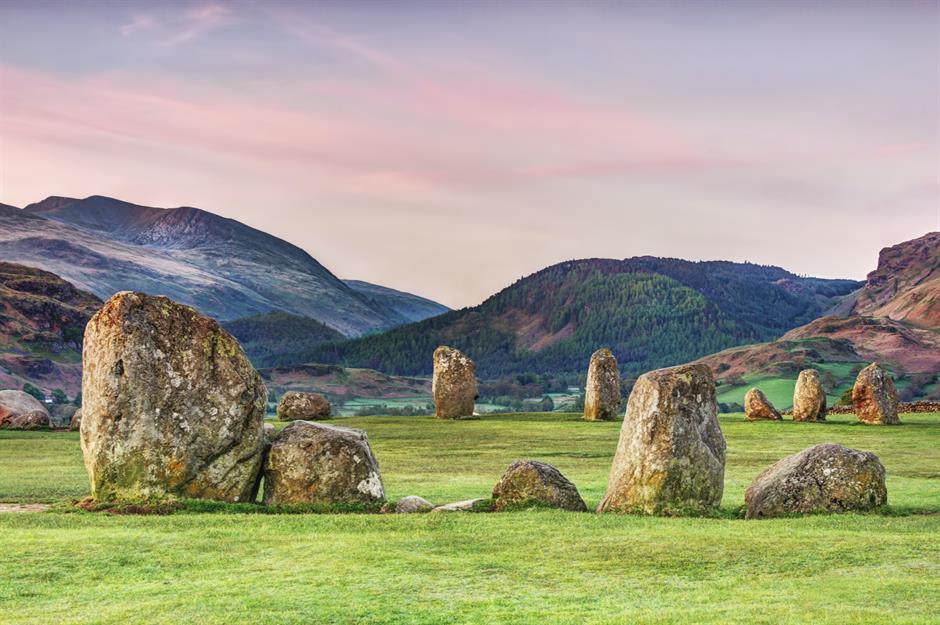
The Castlerigg stone circle in Cumbria, England
The stone circle at Castlerigg in Cumbria, Northwest England. The prehistoric monument is thought to be one of the oldest stone circles in Britain.
More:
https://www.newsweek.com/prehistoric-stone-circle-sanctuary-predate-stonehenge-700-years-1900038
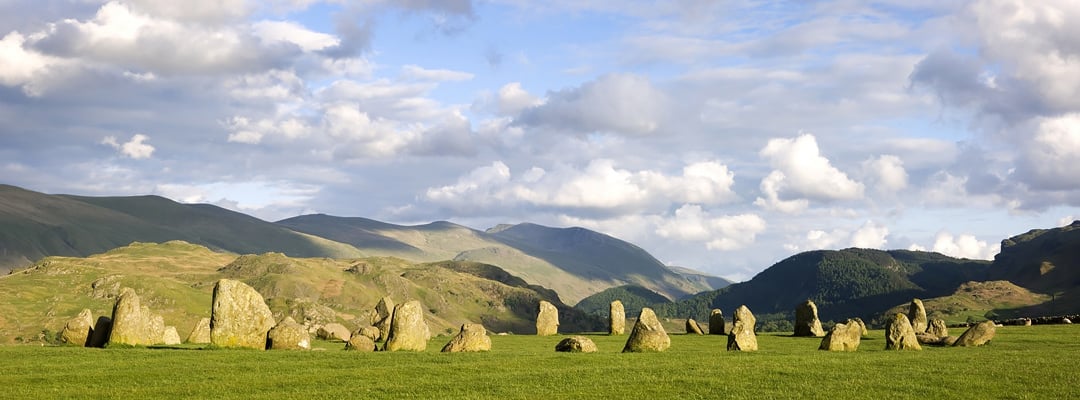
cilla4progress
(24,862 posts)on a trip to the Scottish isles this fall!
Judi Lynn
(160,813 posts)and undoubtedly will make more trips in the years ahead. He has mentioned that the surviving structures there have been viewed by scientists as being older than the Stonehenge site in England. If you check online image search pages you can easily lose so many, many hours pouring over the images and their articles.
It would be unbelievably worth seeing, and made even more fascinating by diving into whatever information you can discover, in advance!
Neolithic Scotland – Mainland and the Islands
A journey to the Neolithic sites across the Scottish Islands and mainland. Take a step back in time.
While the Orkney Islands and the Shetlands probably have their fair share of remains, there are many more Neolithic sites across Scotland. Our recommendations will take you from the Western Isles to the north to the north east of Scotland. The majority of the sites predate Stonehenge and still, today, have an air of mystery about them.
Below are just a few you can visit on your Scotland tour or we can create a bespoke tour for you to visit as many as you would like.
The Clava Cairns, near Inverness, are estimated to be around 4,000 years old and were built to house the dead. The cemetery remained a sacred place in the landscape for centuries, and provides many clues to the beliefs of Bronze Age society. This would have once been part of a larger complex. Two parts of the complex, Balnuaran of Clava and Milton of Clava, are open to the public. The sites contain a range of prehistoric burial monuments and the remains of a medieval chapel.
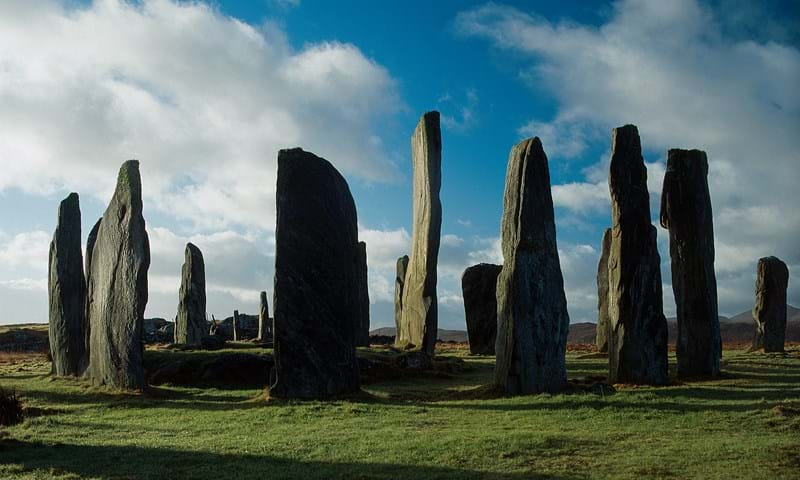
Calanais Standing Stones
The Calanais Standing Stones are situated on the Isle of Lewis. They are one of Scotland’s most magnificent and best-preserved Neolithic monuments. Marvel at the extraordinary cross-shaped setting of stones erected 5,000 years ago. They predate England’s famous Stonehenge and were an important place for ritual activity for at least 2,000 years. These are an absolute must see on your Scotland tour.

Kilmartin Glen Standing Stones
Over 5000 years of human history can be traced across the Kilmartin valley. Kilmartin Glen is considered to have one of the most important concentrations of Neolithic and Bronze Age remains in Scotland. There are at least 350 ancient monuments, of which 150 are prehistoric. Of particular interest are chambered cairns, round cairns, cists, standing stones and rock carvings. These Neolithic and Bronze Age monuments, together with the stone circle at Temple Wood and the standing stones at Ballymeanoch are all part of the ritual landscape of Kilmartin Glen.
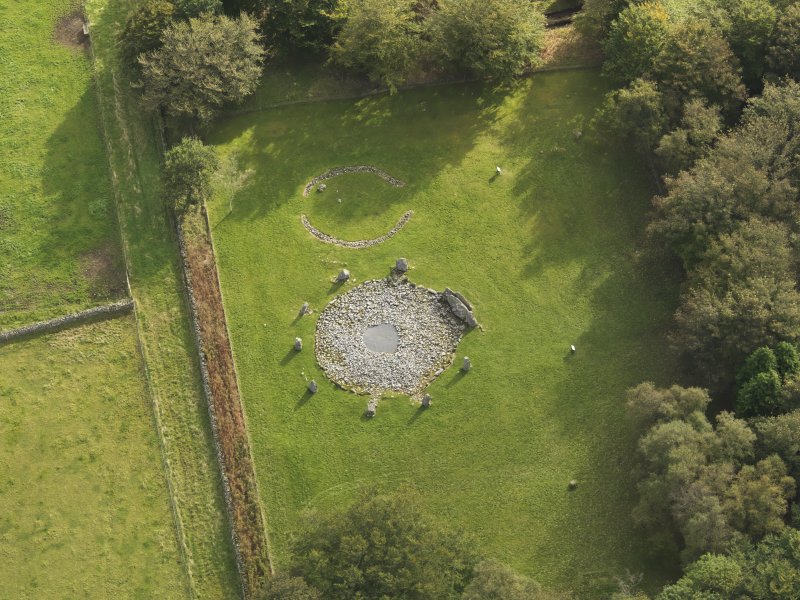
Loanhead of Daviot Stone Circles
Loanhead of Daviot Stone Circle is one of the best examples in Scotland of a monument type known as a recumbent stone circle and are only found in north-east Scotland. They’re defined by a ring of upright stones, with a massive stone slab laid on its side (recumbent) between two upright pillar stones – usually in the south-west arc of the circle. The Stone Circle is a complex funerary and ritual monument with a long and varied history of use, which likely began in the late Neolithic period.
More:
https://aboutscotland.net/blog/neolithic-scotland-mainland-and-the-islands/
~ ~ ~
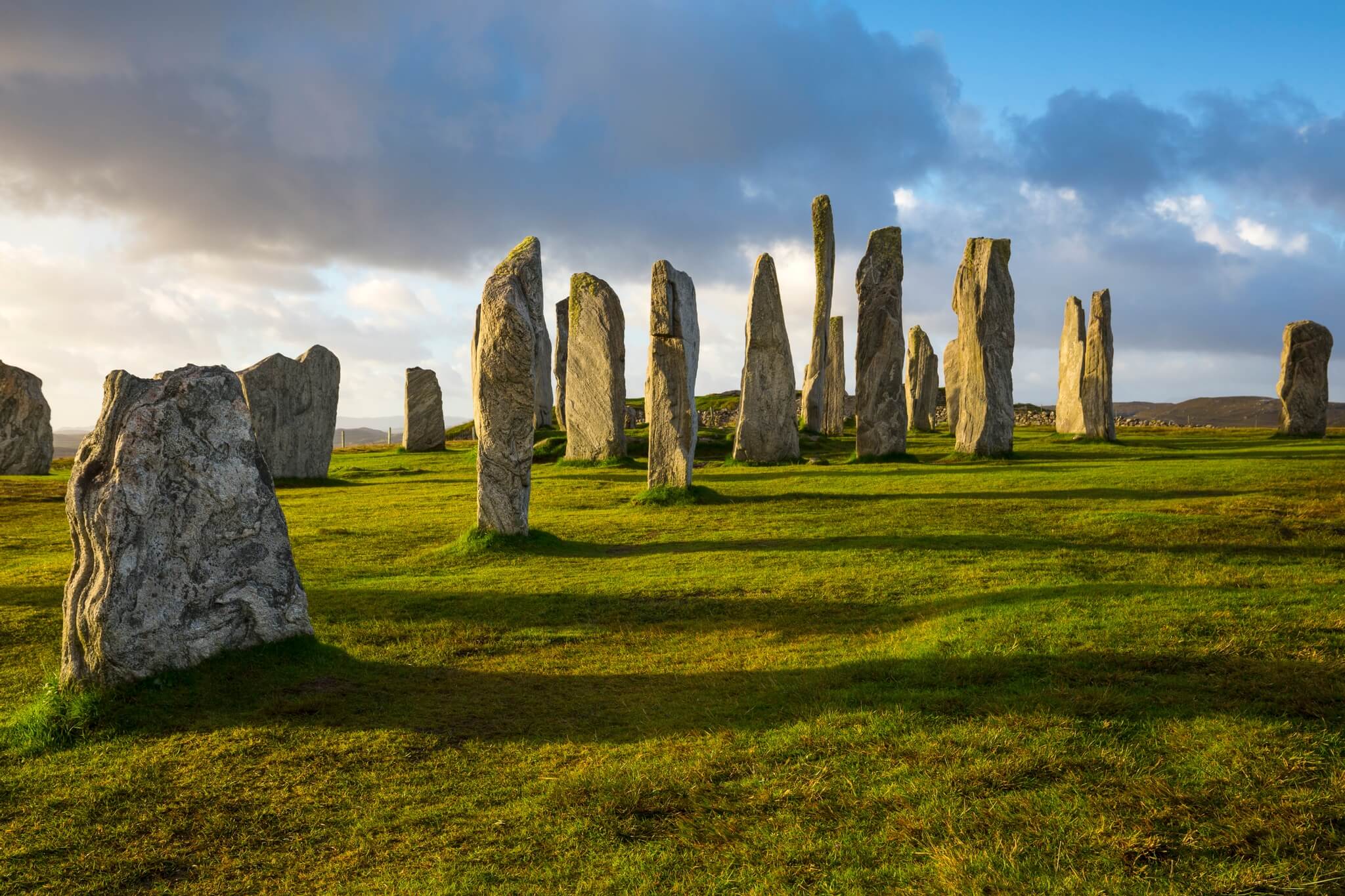


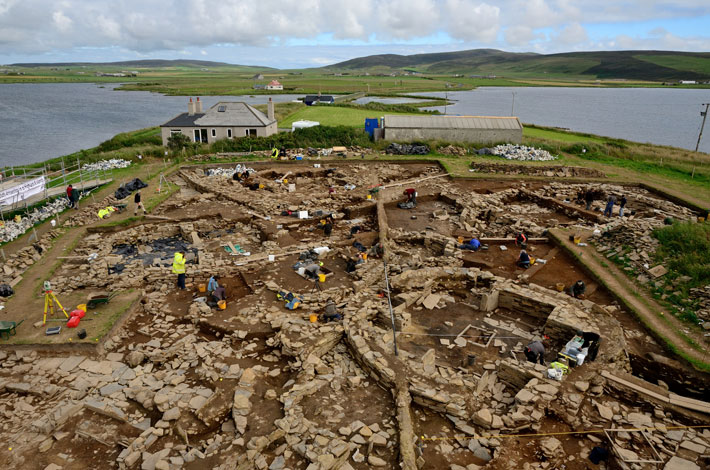
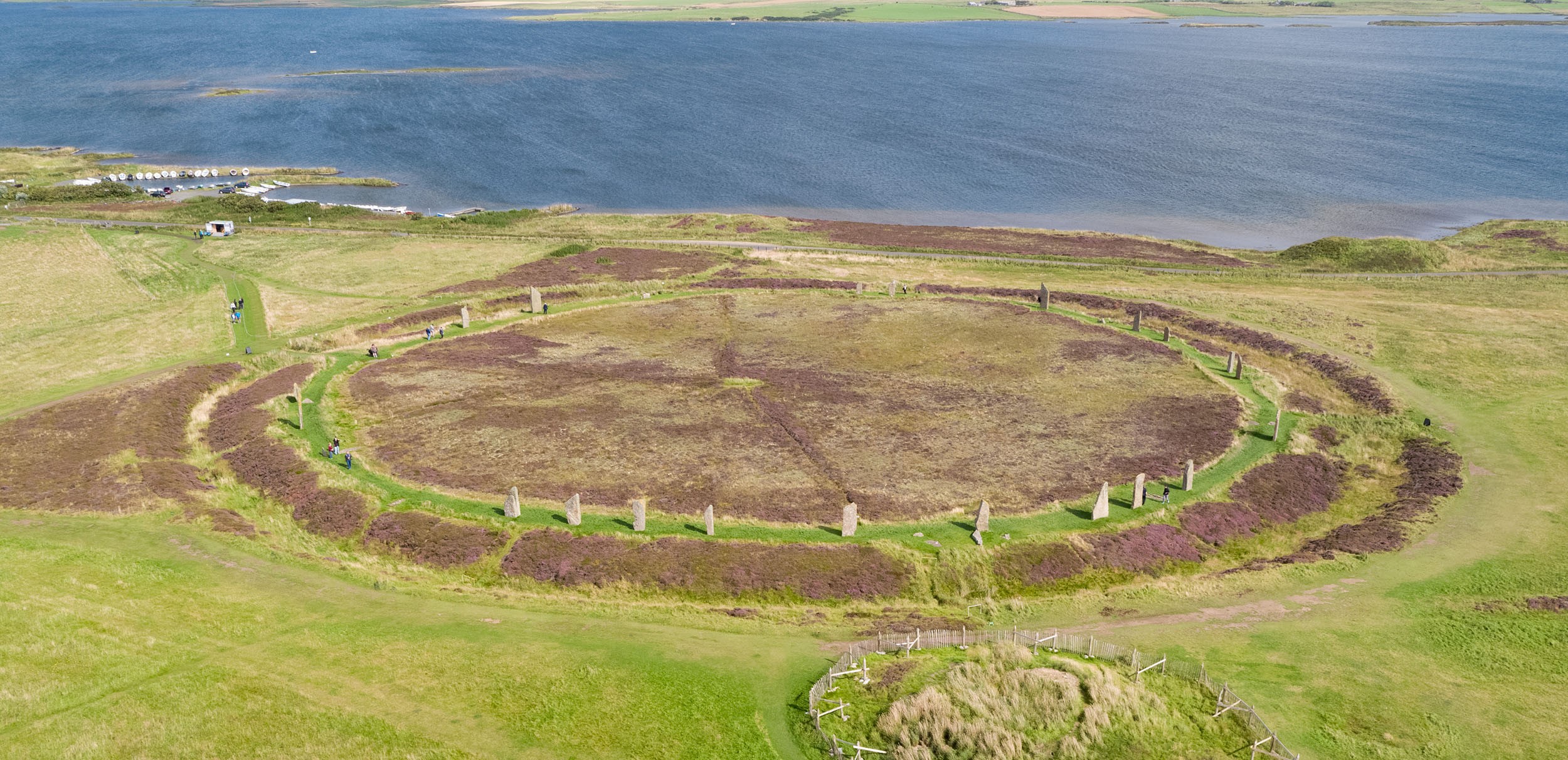
Ring of Brodgar, Stromness
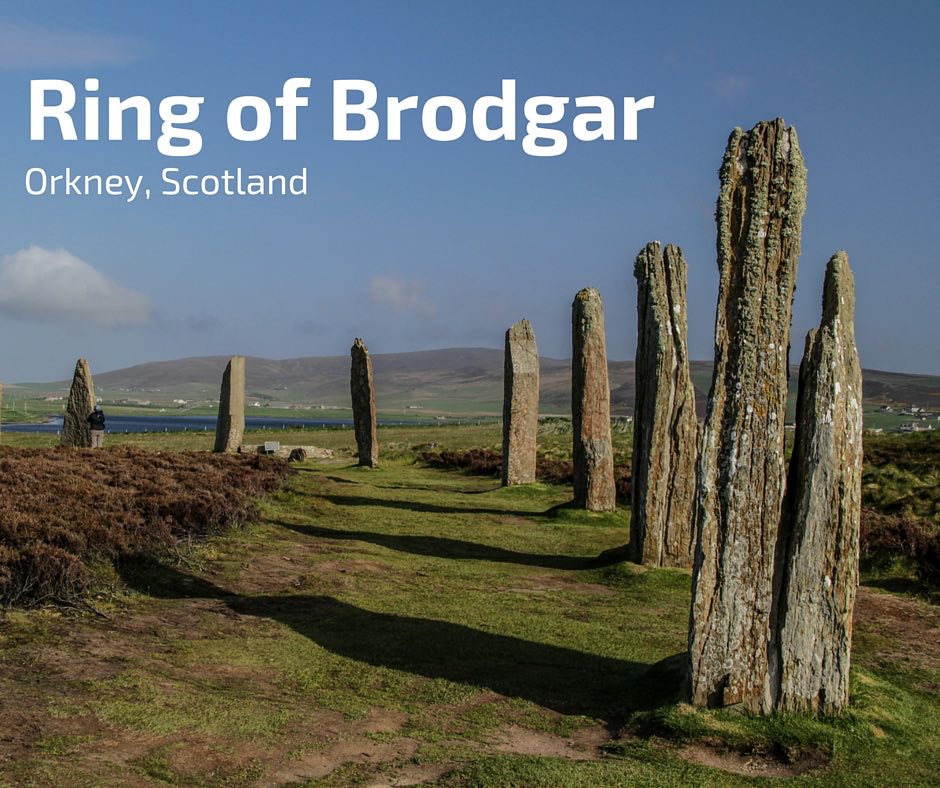
ETC., ETC., ETC.
Very best wishes for your exceptionally intriguing trip ahead....
![]()
cilla4progress
(24,862 posts)Bookmarking!
![]()
ms liberty
(8,660 posts)Judi Lynn
(160,813 posts)
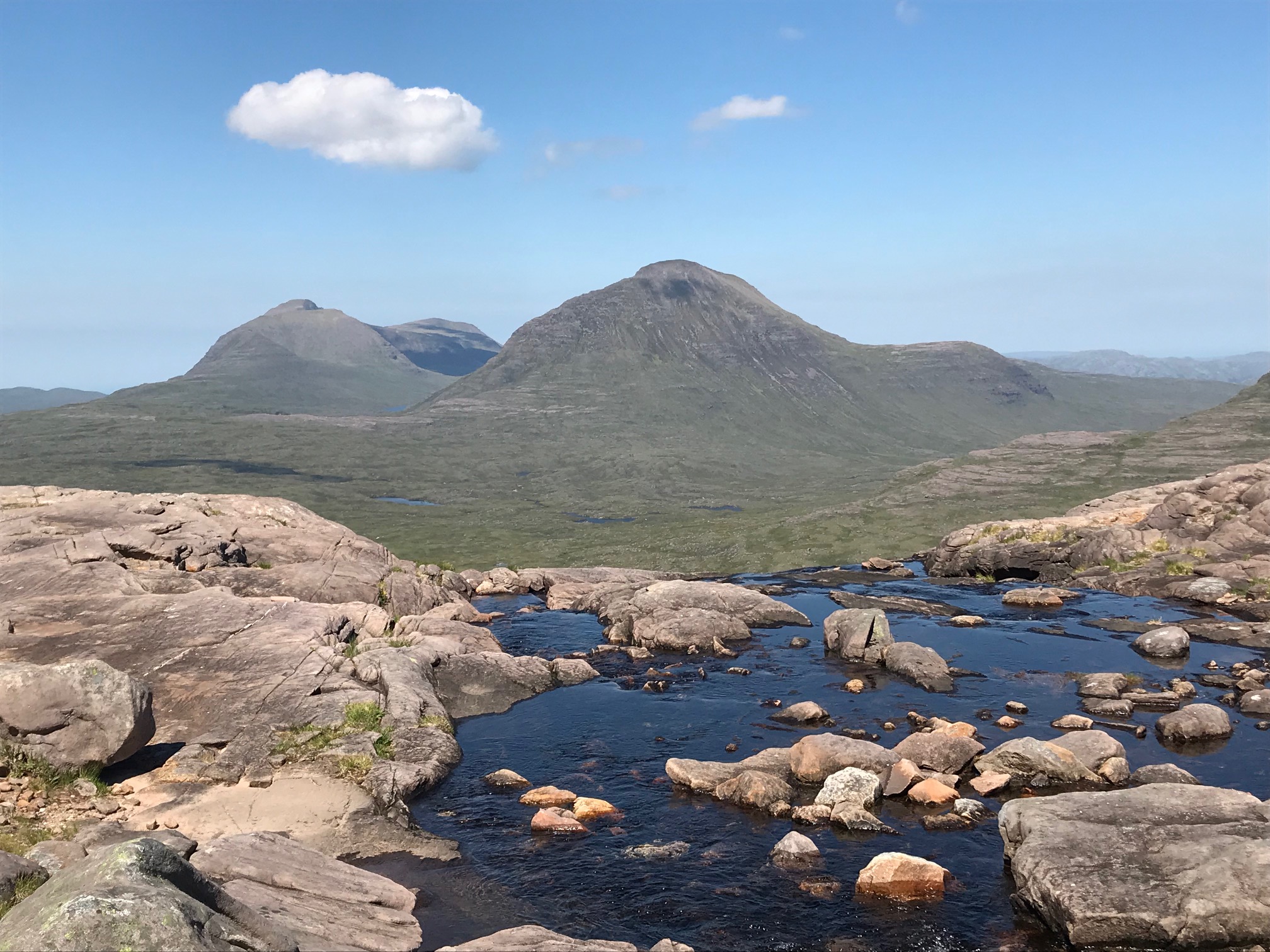




~ ~ ~

Broch of Mousa (or Mousa Broch) is a preserved Iron Age broch or round tower. It is on the island of Mousa in Shetland, Scotland. It is the tallest broch still standing and amongst the best-preserved prehistoric buildings in Europe. It is thought to have been constructed c.?300 BC, and is one of more than 500 brochs built in Scotland. The site is managed by Historic Environment Scotland as a scheduled monument.[1][2]
Location
The broch is located on the western shore of the island of Mousa (grid reference HU457237, [59.99523,-1.18191]). It is accessible by boat from Sandwick, Shetland, 14 miles (23 kilometres) south of Lerwick.[3] It stands on the flat rock surface of a low promontory near the shore overlooking Mousa Sound.[4]
It is the tallest broch still standing[5] and amongst the best-preserved prehistoric buildings in Europe.
More:
https://en.wikipedia.org/wiki/Broch_of_Mousa#Excavations